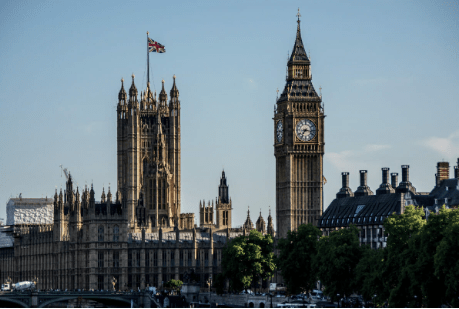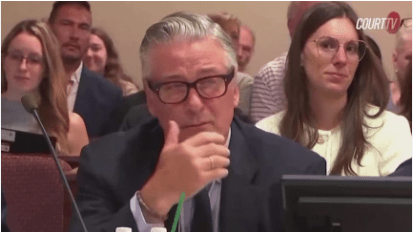Introduction:
The well-known British actress Samantha Morton has lately spoken out in favor of former prime minister Liz Truss, drawing attention to the unfair treatment of female lawmakers. In an open discussion, Morton shared her worries about the unfair criticism Truss endured during her time in office and how it reflected larger prejudices in society toward powerful women.
Morton’s Call for Equitable Treatment:
In addition to being a gifted actress and well-known for her parts in movies like Minority Report and America, Morton is a vocal supporter of women’s rights. Samantha Morton’s remarks about Truss are motivated by her conviction that female politicians are frequently subjected to harsher criticism than their male colleagues, with attention being paid to both their personal and physical appearances in addition to their political decisions.
While constructive criticism is important in politics, Morton stressed in her support of Truss that it’s important to distinguish between legitimate political criticism and prejudice based on gender. She emphasized that many attacks directed towards Truss were baseless and frequently sexist, rather than stemming from her policies or leadership abilities.
The Politics of Double Standards:
The actress’s remarks highlight a prevalent problem in the political sphere: the disparate treatment of male and female. Research has indicated that female politicians frequently face greater personal criticism about their appearance, duties as mothers, and emotional outbursts—comments that are seldom if ever, aimed at their male counterparts.
Morton outlined other instances in which Truss was subjected to unjust criticism, drawing comparisons between them and comparable circumstances involving male politicians who were spared the same degree of personal abuse. According to Morton, this inequality deters women from going into politics and upholds the status quo of a male-dominated political environment.
An Appeal for Modifications:
Morton’s remarks are part of a larger movement demanding that female lawmakers be treated more fairly and with respect. She wants to draw attention to the need for structural adjustments in the way that politicians are viewed and criticized in the media by standing up for Truss. Morton encourages a more inclusive and equitable political discourse by arguing that policy and capability should take precedence over judgments based on gender.
The Effect of Morton’s Protection:
Conversations concerning the treatment of women in politics have been triggered by Samantha Morton’s support of Liz Truss, which has struck a chord with many people who have seen or experienced similar prejudices. Her vocal position serves as a reminder that in addition to changing laws, cultural perceptions, and media portrayal must also change to achieve gender equality in politics.
It is hoped that as long as public leaders like Morton keep advocating for gender parity, female politicians in the future will have an even playing field and be evaluated on their accomplishments rather than their gender.










